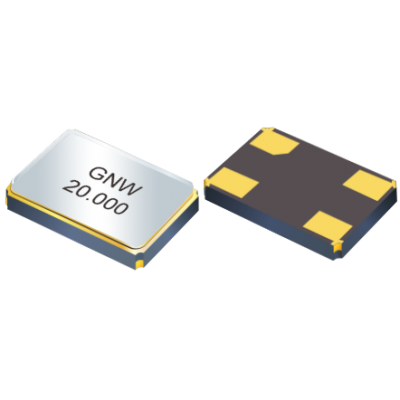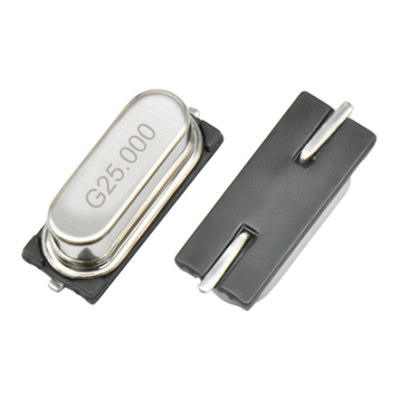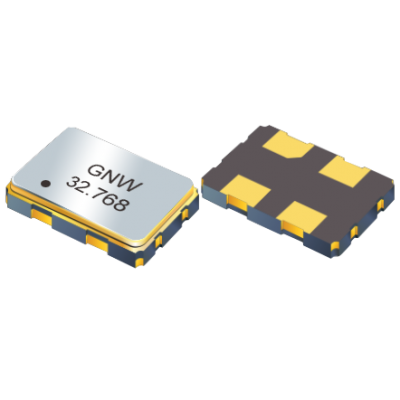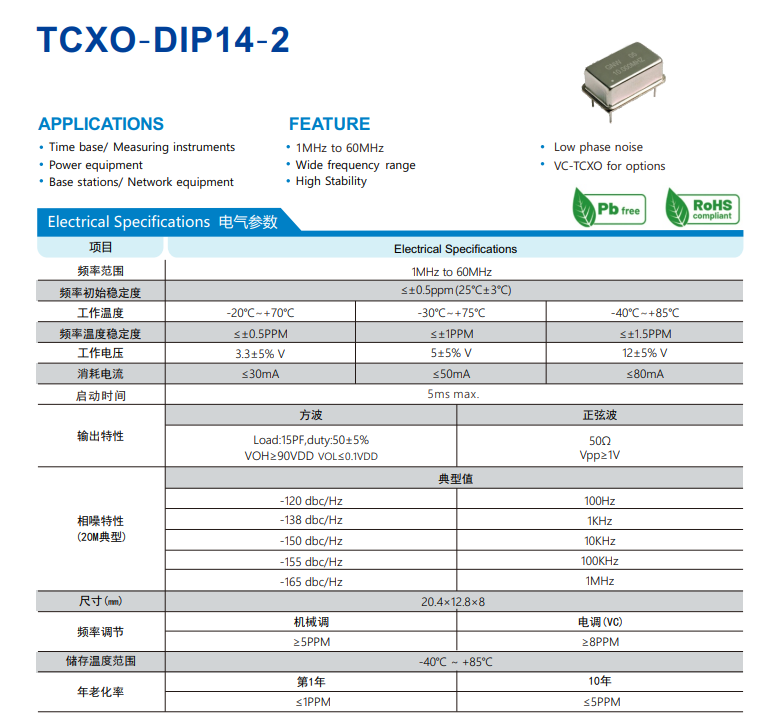
Frequency stability represents the variation of output frequency of a crystal oscillator due to external conditions like temperature variation, voltage variation, output load variation, and frequency aging. Frequency stability is typically expressed in parts per million (ppm) or parts per billion (ppb) which can be represented in the form of frequency (usually in Hz).
频率稳定度是指晶体振荡器的输出频率由于外部条件(如温度变化、电压变化、输出负载变化和频率老化)而发生的变化。频率稳定性通常以百万分之一(ppm)或十亿分之一(ppb)表示,可以以频率的形式表示(通常以Hz为单位)。
Parts per Million (ppm):1ppm means 1/106 part of a nominal frequency.
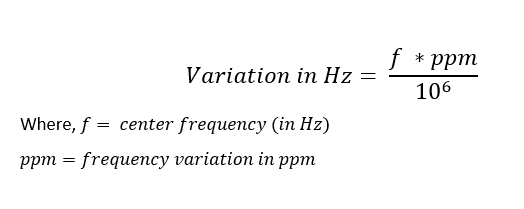
百万分率(ppm):1 ppm表示标称频率的1/106。
For example – If a quartz oscillator has an output frequency of 1 MHz (1000000 Hz) and it has a Frequency Stability of 5 ppm, it will vary in frequency by 5 Hz.
例如:如果一个石英振荡器的输出频率为1 MHz(1000000 Hz),它有一个5ppm的频率稳定性,在频率上它将有5 Hz的变化。
Stability tolerance can also be expressed as a percentage of frequency deviation rather than as parts per million (ppm).
稳定性公差也可以表示为频率偏差的百分比,而不是百万分之一(ppm)。
0.01 % = 100 ppm
0.005% = 50 ppm
0.001 % = 10 ppm
0.0001% = 1 ppm
In conclusion, Frequency Stability is inclusive of calibration @25°C, operating temperature range, supply voltage change, load change, ageing, shock and vibration.



